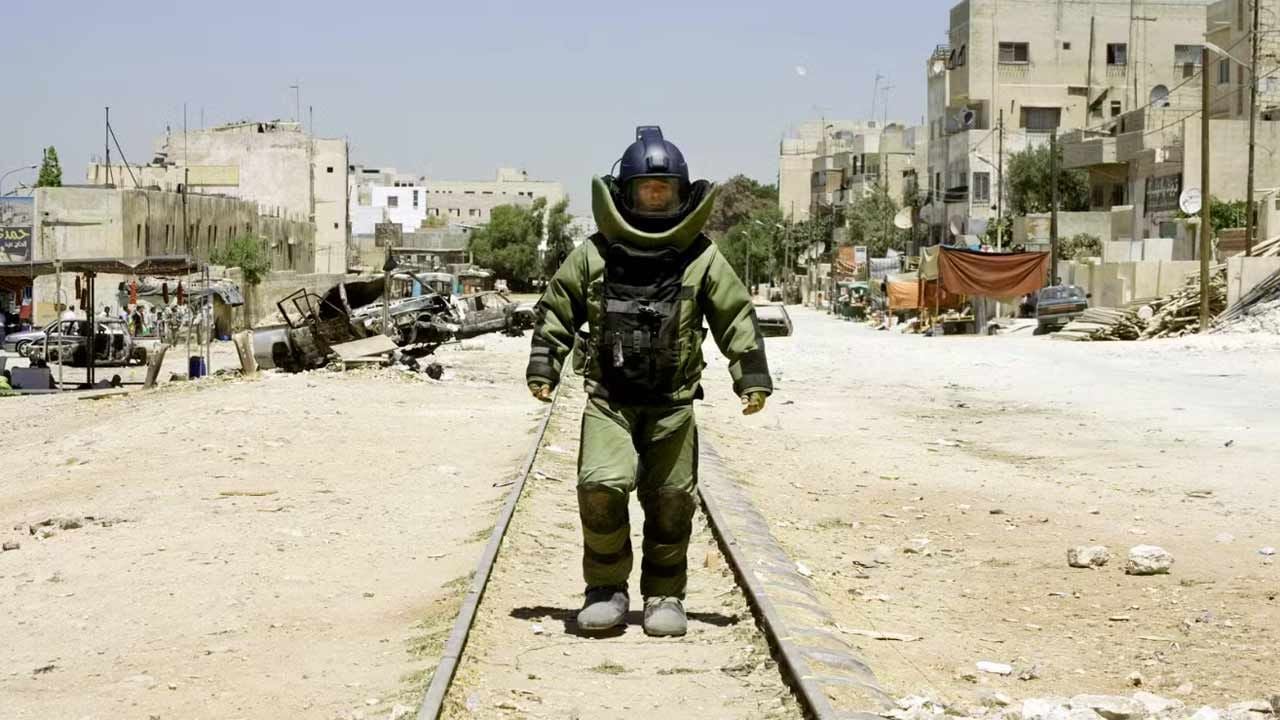The study explored for the first time what might motivate people to watch these broadcasts
Extreme weather events like hurricanes and storms have increased in frequency and severity in recent years. As a result, there has been increased public interest, resulting in often dramatic images being live-streamed on platforms like YouTube, TikTok, and Discord. Now, a new study from the University of Plymouth in the US has looked for the first time at what might motivate people to watch these broadcasts — in some cases, for up to 12 hours.
The research focused on live broadcasts of three events in the United States: Hurricane Irma in 2017, Hurricane Ian in 2022, and storms Dudley, Eunice, and Franklin in 2022. Through detailed analysis of viewer comments, it was found that people in affected areas used the broadcasts to discuss official government risk advice they had received, such as whether to evacuate.
Others were drawn because they had a prior connection to the affected region. For these people, watching live footage — which included taking time to share messages of “hope” that the hurricane or storm would pass without destruction — was a way to show support for the places and people affected by the event. The research was published in the journal Environmental risks and led by Simon Dickinson, Professor of Geological Hazards in the School of Geography, Earth and Environmental Sciences at the University of Plymouth.
Attraction for spectacular images
According to him, when dramatic things happen – whether extreme weather or events like tornadoes or erupting volcanoes – people flock to watch. You might assume this is just a form of online “mockery.” Rubber-necking – is an English expression mostly used to describe when someone starts slowing down to watch an accident, but here it’s used to explain why people are naturally drawn to spectacular scenery.
But this study showed that the motivations for watching extreme weather footage are more complex. Live broadcasts provide an opportunity for people inside, near, and far from the event to interact in real time. The footage becomes a marker that people use to gauge their understanding of the event’s significance, how hazards work, and as an online meeting place to share experiences of similar events. It’s a fascinating insight into human behavior that hasn’t been explored before, the researcher said.
The research focused on nine livestreams of hurricanes and storms from 2017 and 2022, which totaled 65 hours of footage watched by more than 1.8 million people. More than 14,300 comments were left from 5,000 unique accounts during that time, demonstrating that coverage of events of national or global significance generates higher-than-usual audience engagement.
Many of the streams were existing webcam channels that were repurposed during the hurricane or storm, such as webcams broadcasting beach or harbor conditions. In some cases, affected people streamed live footage from their own security cameras. The study shows that they are interested in learning more about the science behind what is happening, highlighting the need for more work examining how people are using new technologies to understand the risk of harm.
Discussing in informal contexts
Dickinson added that while scientists are getting better at communicating risks, people are much more likely to discuss risks in informal, relatively unmoderated settings. Periods of extreme weather are important because they focus people’s attention and generate conversations about hazards, how they work, and how they will increasingly affect us in the future. It’s therefore important to understand new digital practices – like live streaming – because they are not just spaces for disaster voyeurism. Instead, they are spaces for learning, community, and emotional support in a world that can feel increasingly unstable.
Here in Brazil, the search result would probably not be very different. The floods in Rio Grande do Sul, the latest and greatest climate disaster in the country, also increased the audience of the broadcasters that covered the issue, especially cable channels that devoted more time than free-to-air channels to covering the issue. Videos on social media, most of them made by the people who carried out the rescues, also went viral and generated millions of comments and a lot of confusion, such as the rescue of the horse Caramelo.
Source: EurekaAlert!
Source: Terra
Ben Stock is a lifestyle journalist and author at Gossipify. He writes about topics such as health, wellness, travel, food and home decor. He provides practical advice and inspiration to improve well-being, keeps readers up to date with latest lifestyle news and trends, known for his engaging writing style, in-depth analysis and unique perspectives.








